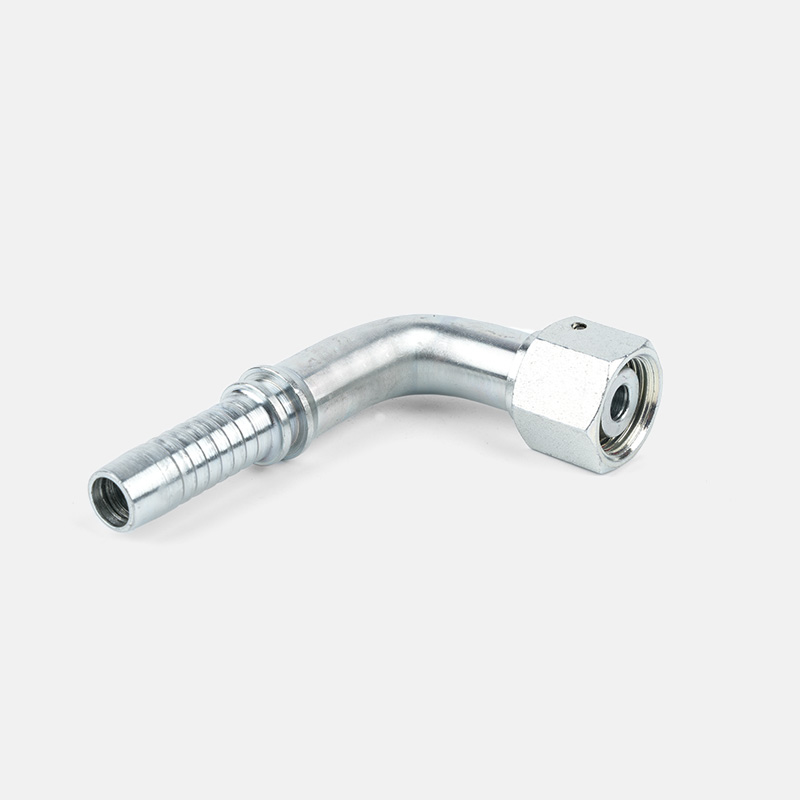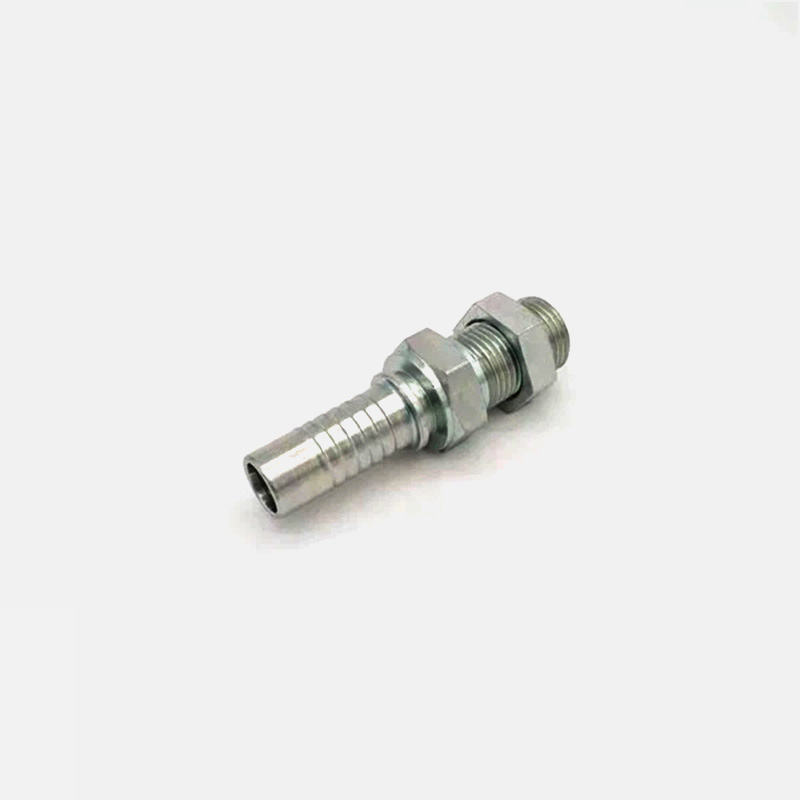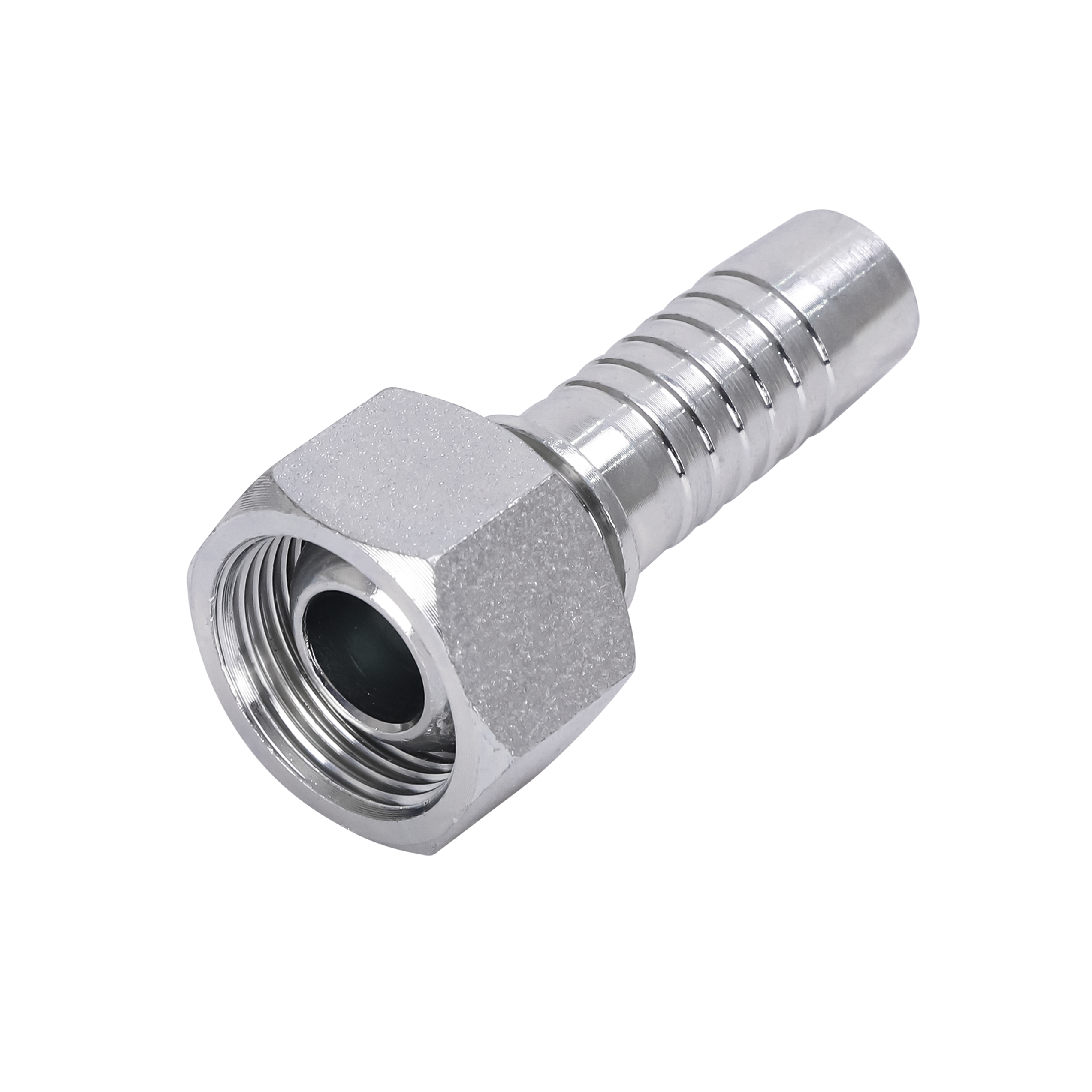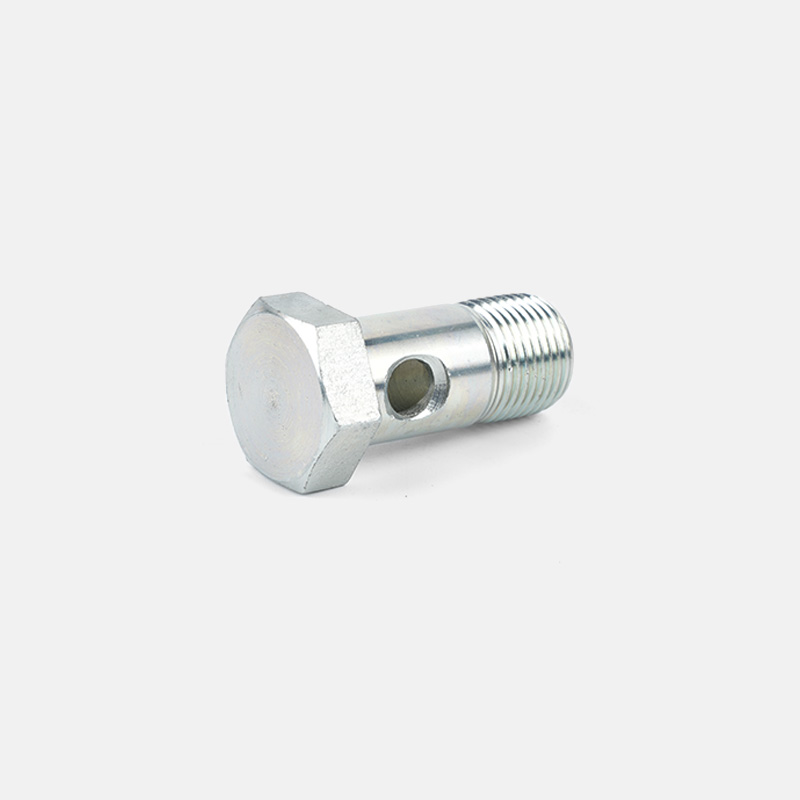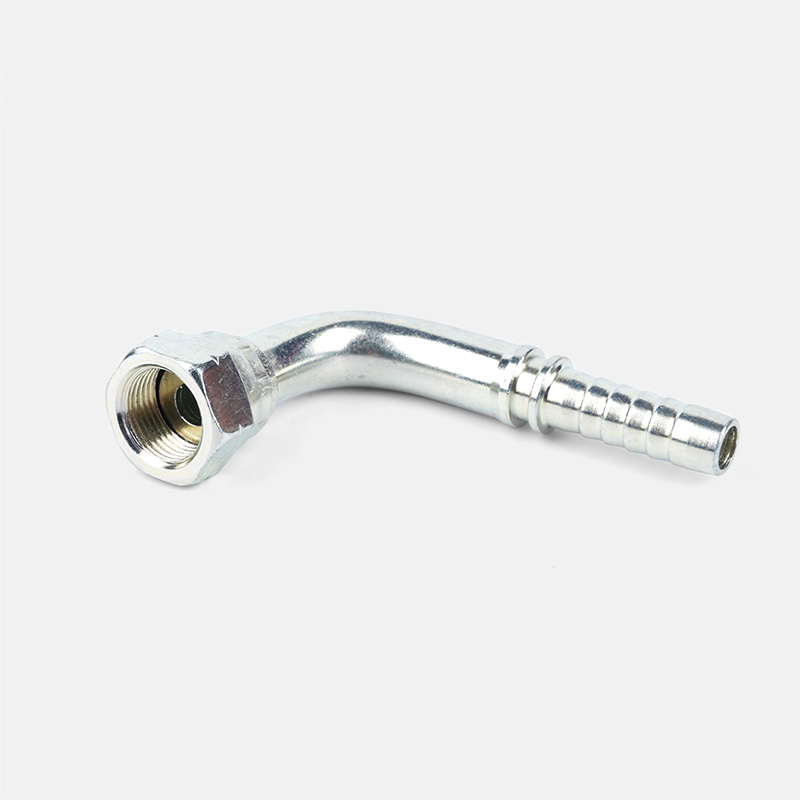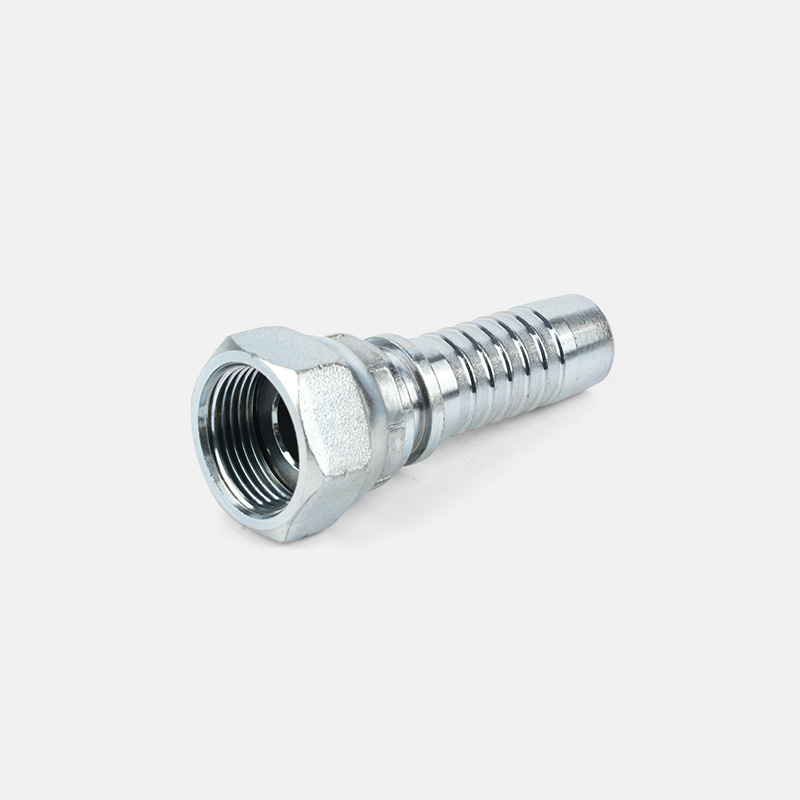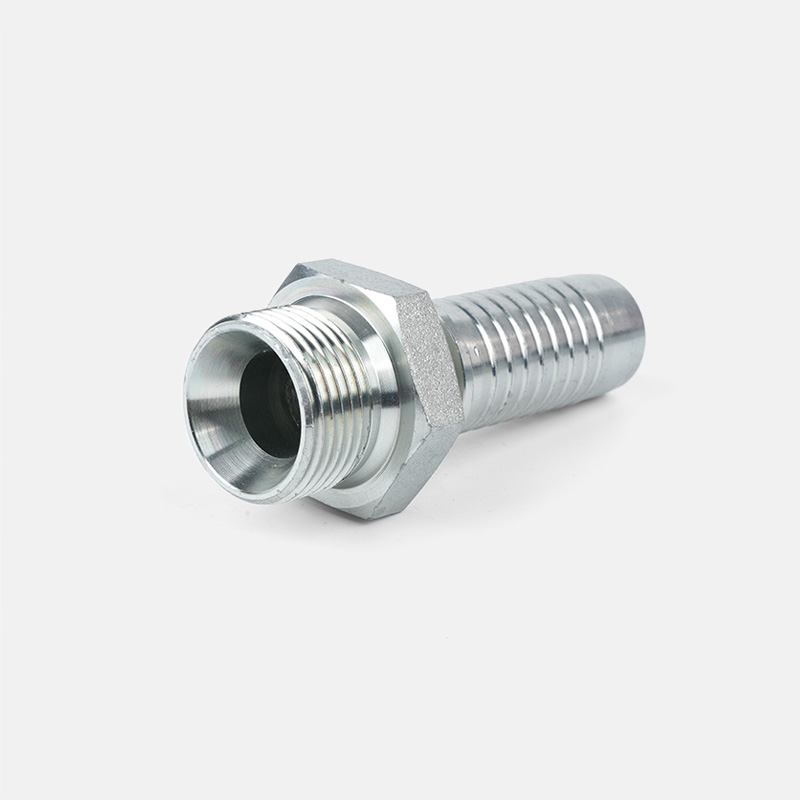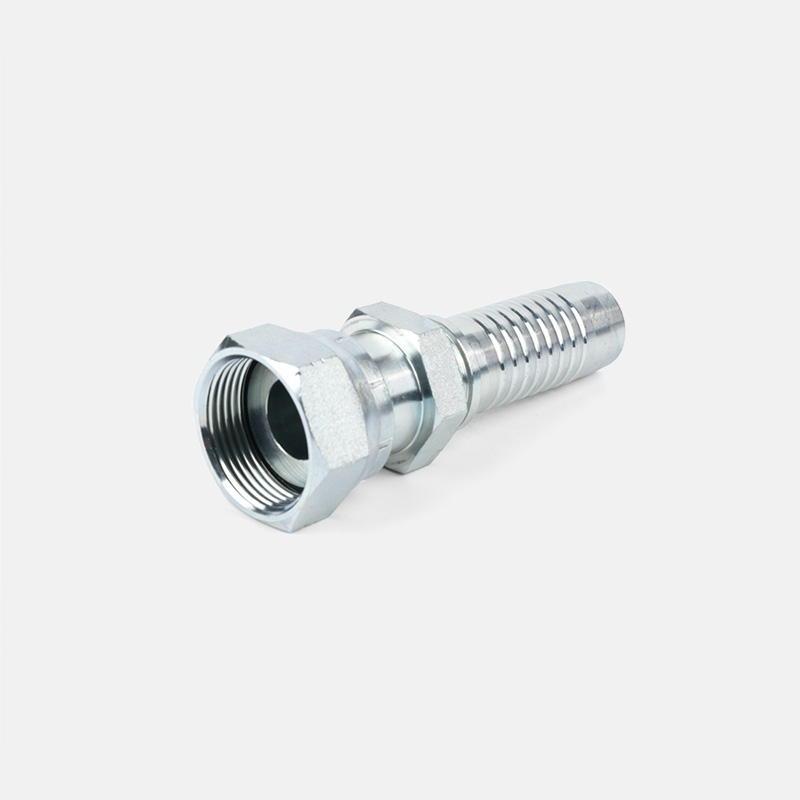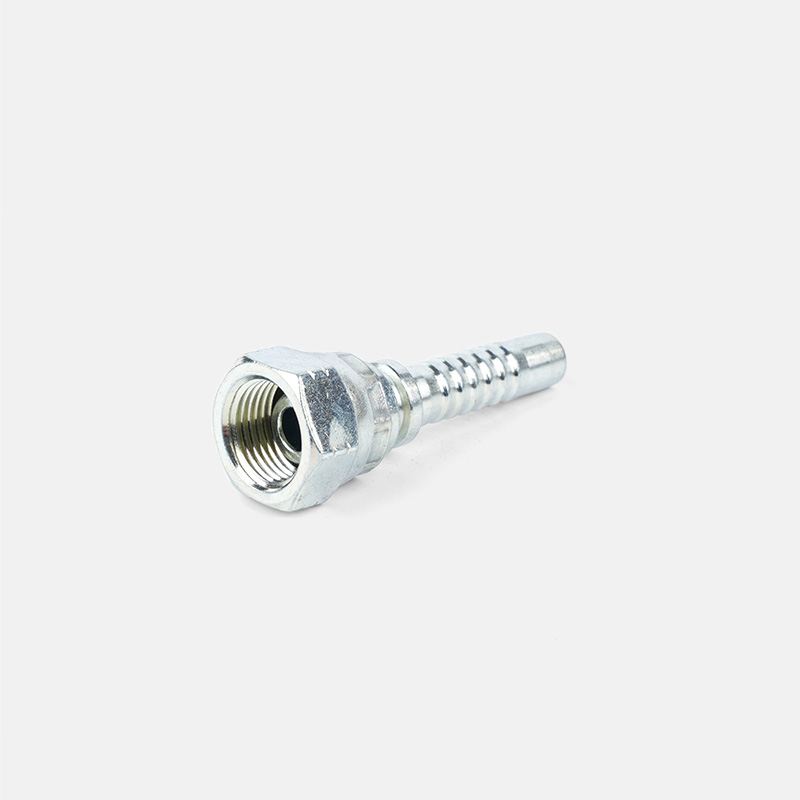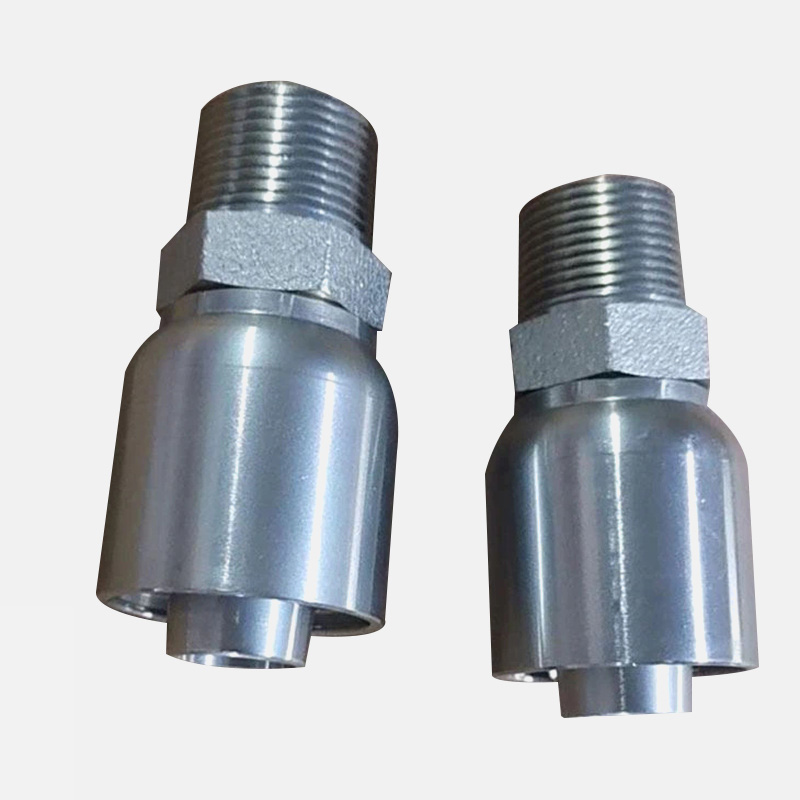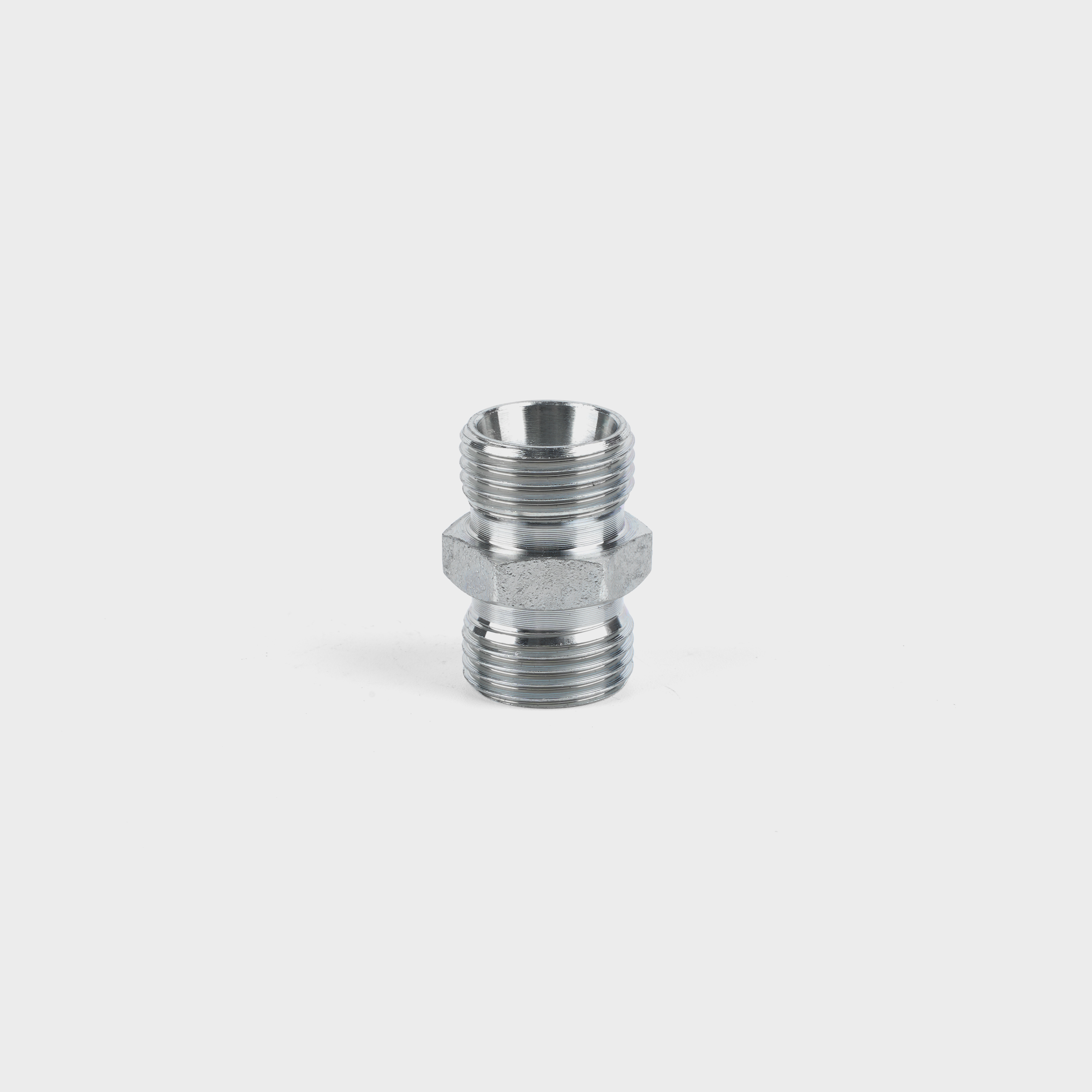Language
ENGHydraulic Hose Connectors Explained: A Complete Beginner’s Guide
 2025.06.09
2025.06.09
 industy news
industy news
Hydraulic hose connectors are essential components in any hydraulic system. They create secure, leak-free connections between hoses, pumps, valves, and other hydraulic equipment. For beginners, understanding the different types, materials, and uses of hydraulic connectors can feel overwhelming—but it doesn’t have to be.
What Are Hydraulic Hose Connectors?
Hydraulic hose connectors—also known as hydraulic fittings—are metal or plastic components that connect hydraulic hoses to components like cylinders, pumps, and valves. They ensure fluid is transported under pressure without leaking.
They are designed to withstand high pressure, temperature extremes, and harsh working environments—making them vital in industries such as construction, agriculture, manufacturing, and automotive repair.
Why Are They Important?
Safety: Prevent leaks and reduce the risk of failure or accidents.
Efficiency: Ensure smooth, uninterrupted flow of hydraulic fluid.
Cost-Effectiveness: Minimize downtime and equipment damage caused by poor connections.
Main Types of Hydraulic Hose Connectors
Threaded Connectors
Includes BSP (British Standard Pipe), NPT (National Pipe Thread), and JIC (Joint Industry Council).
Common in general industrial applications.
Flange Connectors
Designed for high-pressure applications.
Often used in heavy machinery and mobile equipment.
Quick-Disconnect (Quick Couplers)
Allow fast and tool-free connection/disconnection.
Ideal for equipment that needs regular hose changes.
Compression Fittings
Used when a strong, vibration-resistant connection is needed.
Ideal for high-pressure systems.
Connector Materials: Which One to Choose?
Steel: High strength and durability, good for heavy-duty systems.
Stainless Steel: Corrosion-resistant, used in marine or food-grade environments.
Brass: Easier to install and corrosion-resistant, often used in low-pressure applications.
Plastic/Polymer: Lightweight and affordable, suitable for light-duty systems.
How to Choose the Right Hydraulic Hose Connector
Know Your System Pressure: Match connector pressure rating to your system.
Check Compatibility: Ensure thread types and sizes match the hose and equipment.
Consider the Environment: For corrosive or outdoor use, choose stainless steel or coated materials.
Ease of Maintenance: Use quick couplers if frequent disconnecting is needed.
Installation Tips for Beginners
Always clean hose ends before attaching connectors.
Use proper wrenches and torque values to avoid over-tightening.
Check for leaks after installation—use hydraulic leak detection fluid.
Replace damaged or corroded connectors immediately.


